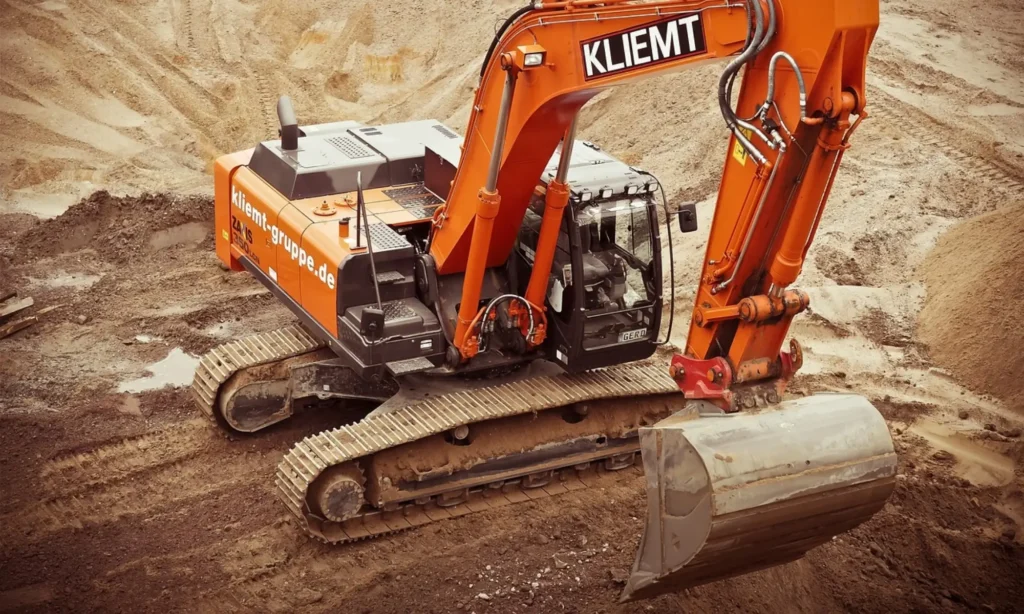Updating workplace equipment is a key investment for businesses looking to boost safety, lower accident risks, and create a safer space for workers. New machines, tools, and tech change work settings by adding safety-centered features and better designs. They also introduce automated systems to reduce potential dangers.
Firms that keep their equipment up-to-date, care for their team’s safety, and work more smoothly face less downtime and deal with fewer legal risks. The following article will examine how new equipment helps workplace safety, starting with the basics and moving from there.
Financing Your Equipment Upgrades: Options for a Safer Workplace
For many companies, financing is a big worry when considering upgrading equipment. The cost of new safety equipment or machines can be high, but there are several ways to handle this burden. Business owners commonly opt for a business loan. Many banks and lenders offer loans for equipment that fit the needs of companies wanting to boost their tools. These loans let businesses pay for the equipment bit by bit, which helps small and medium businesses that might not have lots of ready cash.
Oftentimes, equipment loans usually have set interest rates and payment plans that can change based on the business’s financial strength and how long the equipment will last. Companies might also look at leasing, which lets them use equipment without buying it straight away. This can save them money and still get them the latest tech without a large upfront cost. Moreover, companies in the construction industry can consider heavy equipment financing for their big pieces of equipment. With a smart financial plan, companies can make key upgrades that protect staff and boost work efficiency.

Reducing Workplace Accidents with Advanced Safety Features
In 2022, there were 39,465 workplace accidents in Canada alone. Lately, modern equipment comes with built-in safety features. These features cut down on the chance of accidents, making them a good choice for any workplace. For instance, newer machines may have automatic shutoff systems, emergency stop buttons, and sensors to catch dangerous situations. These updates help spot safety risks early, preventing them from becoming big problems. Automatic shutoff systems can stop equipment from working if it overheats, has electrical issues, or moves wrong, keeping people safe.
Besides fixing machine issues, smart tools also help avoid human mistakes. Many safety features work on their own, requiring little help from operators. This cuts down the chance of errors, which often lead to injuries. These new tools are very helpful for risky fields like manufacturing, building, and logistics. Fewer workplace accidents keep people safe and save money on medical bills, workers’ compensation, and downtime caused by injury-related absences.
Enhancing Ergonomics and Reducing Strain-Related Injuries
Equipment upgrades can greatly help with ergonomics, a key factor in reducing injury risks at work. Better ergonomic tools are made to ease the strain on workers, reducing the risk of repetitive injuries, muscle issues, and long-term pain. For instance, new tools often have parts you can adjust, are made from lighter materials, and have simple controls, helping workers do tasks easily and comfortably.
In industrial settings, new lifting tools like hydraulic lifts and automated pallet movers reduce the need for manual handling, lessening the risk of back injuries and joint stress. Likewise, office spaces benefit from ergonomic chairs, desks that allow sitting or standing, and monitors that can be adjusted to support good posture, reducing strain during long sitting or standing hours. Investing in ergonomic equipment upgrades boosts employee comfort and promotes a healthier, more productive workplace by lowering the chances of strain-related injuries that could lead to long-term health problems.
Adopting Technology to Monitor and Mitigate Hazards
Integrating technology into equipment upgrades allows companies to monitor workplace conditions in real-time and proactively address hazards before they become serious. Tools like IoT sensors, wearable safety gear, and auto-check systems give key information on things like air, heat, and noise. These gadgets can spot dangers, such as too much carbon monoxide in a factory or loud noise in a building zone, letting firms act quickly to keep workers safe.
Wearable tech is also good at spotting dangers for each person. For example, wearable items with GPS and body sensors can track a worker’s health and spot, sending alerts if they go into a risky area or show signs of strain. These tools boost safety live and let firms check data trends over time to find ongoing safety risks. This smart data way to work site safety supports wise choices and helps firms craft better safety plans.
Improving Compliance with Regulatory Standards
Updating equipment helps firms comply with safety rules, which is key to avoiding legal trouble and maintaining a safe work area. Equipment that doesn’t meet new safety rules not only puts workers in danger but also exposes the firm to fines and harm to its name.
Buying safe equipment helps firms follow new safety laws and cuts legal worries. Regular equipment updates make keeping up with new rules easier since the authorities often change them as safety tech grows. Getting up-to-date equipment shows care for worker safety and corporate duty, which boosts worker spirit and helps the firm’s public image.
Bottom Line
Upgrading equipment is key for companies focused on workplace safety. With funding options that make these updates affordable and features that keep workers safe, modern equipment is vital. It cuts risks through better design. Tech helps firms watch and control dangers as they happen while following rules keeps them clear of fines. Prioritizing equipment updates not only shields workers but also boosts work rates, trims costs, and ramps up output. In a world where safety leads, putting money into new equipment is a strong way to keep a safe and supportive job space.

